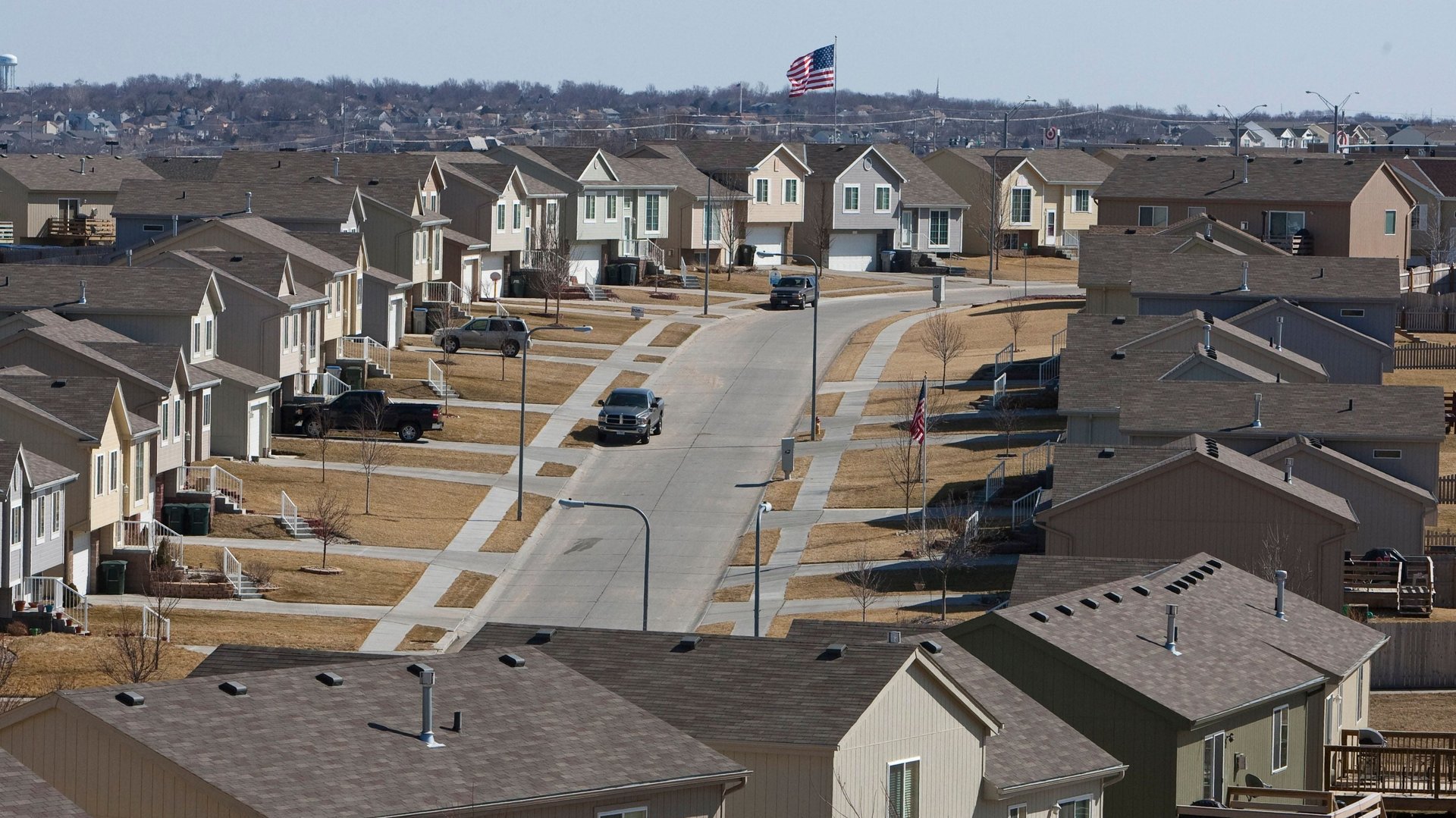Meet your next-door, English-speaking, home-owner undocumented immigrant
Politicians have long fought over what to do about the roughly 11 million people living in the US illegally—without really knowing who they are.


Politicians have long fought over what to do about the roughly 11 million people living in the US illegally—without really knowing who they are.
A database released this week by the Migration Policy Institute (MPI) draws a detailed profile of that population: It’s a diverse group hailing from all over the world, much of which appears to be well-established in the US.
It’s hard to pin down the undocumented population. The US Census doesn’t ask questions about legal status in its yearly tallies, and immigrants who don’t have permission to be in the country might be reluctant to disclose it anyway.
MPI, a think tank based in Washington, DC, got around those difficulties through a complicated methodology that involves winnowing out visa holders and citizens from a pool of foreign-born residents. It starts off with the Survey of Income and Program Participation, the only US Census survey that asks immigrants whether they have a green card, and then extrapolates those trends to broader and more updated data from the agency.
This is what MPI’s analysis shows about the US’s undocumented population:
Most are well-established
More than 60% of undocumented immigrants have been living in the US for 10 years or more.
A slightly lower share, 56%, speak proficient English.
One in three undocumented immigrants lives with a child born in the US, and one in five is married to a US citizen or a legal permanent resident.
More than a third own their home.
They’re not poor
There are more undocumented immigrants living well above the poverty line—40%— than there are living under it, 28%.
Most of them work.
About half didn’t graduate high school, but nearly a third have an associate or college degree.
Other than Mexican
The US Border Patrol uses the category “Other than Mexican” to refer to border crossers from every other country. But of the undocumented immigrants living in the US today, only about half were born in Mexico.
Of the rest, the biggest group comes from Asia, followed by Central Americans.
This nuanced picture should give Americans a better idea of who undocumented immigrants are—and help inform policy discussions in Washington, DC about how the US should treat them.